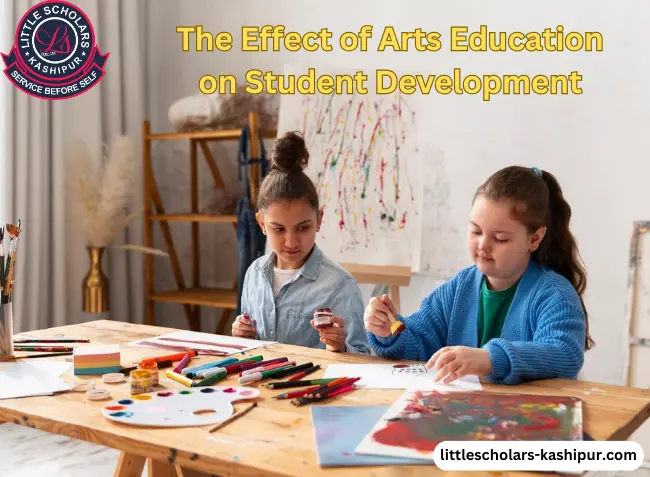In today's education system, the focus often falls heavily on core subjects like math, science, and language arts. However, the importance of arts education should not be overlooked. Arts education encompasses various disciplines such as visual arts, music, theater, and dance, providing students with a well-rounded learning experience. Its impact on student development is profound and multifaceted.
Cognitive Development
One of the significant benefits of arts education is its positive effect on cognitive development. Engaging in artistic activities stimulates critical thinking skills as students analyze, interpret, and evaluate various forms of expression. Moreover, it fosters creativity and imagination, encouraging students to think outside the box and explore innovative solutions to problems.
Emotional Development
Arts education plays a crucial role in nurturing emotional development. Through artistic expression, students learn to communicate their thoughts, feelings, and experiences effectively. This process not only enhances self-expression but also promotes emotional intelligence by helping students recognize and regulate their emotions. Additionally, the arts provide a therapeutic outlet for students, offering a means of coping with stress and anxiety.
10 Important Strategies for Student Success: Read now
Social Development
The collaborative nature of many artistic endeavors promotes social interaction and teamwork. In group settings, students learn to communicate, negotiate, and compromise to achieve a common goal. Furthermore, exposure to diverse forms of art fosters empathy and cultural awareness, encouraging students to appreciate different perspectives and experiences.
Academic Achievement
Contrary to common belief, arts education is not separate from academic achievement but rather complements it. Numerous studies have shown a positive correlation between arts education and academic success. Students who participate in the arts tend to perform better in other subjects, demonstrating improved problem-solving abilities, concentration, and discipline. Integrating arts across different disciplines enhances learning experiences and makes education more engaging and meaningful for students.
Long-Term Benefits
Education in the arts has several advantages outside of the classroom. By cultivating an appreciation for the arts at a young age, students develop a lifelong passion that enriches their lives. Moreover, arts education opens doors to various career opportunities in fields such as music, visual arts, performing arts, and arts administration.
Challenges and Solutions
Despite its many benefits, arts education faces challenges such as limited funding and unequal access. To address these issues, policymakers, educators, and community members must work together to advocate for the importance of arts education and ensure equitable access for all students. Strategies such as integrating arts into core curricula, providing resources and support for arts educators, and partnering with local arts organizations can help overcome these challenges and promote the growth of arts education.
Mastering Time Management: Tips for Juggling School and Life: Read now
Conclusion




